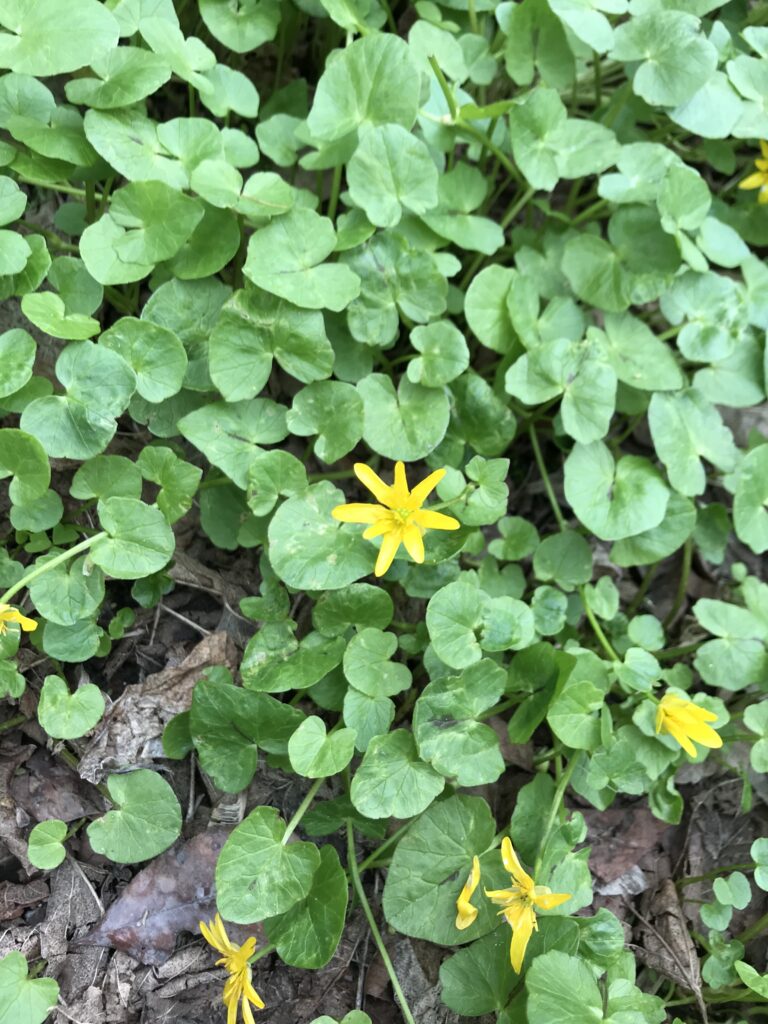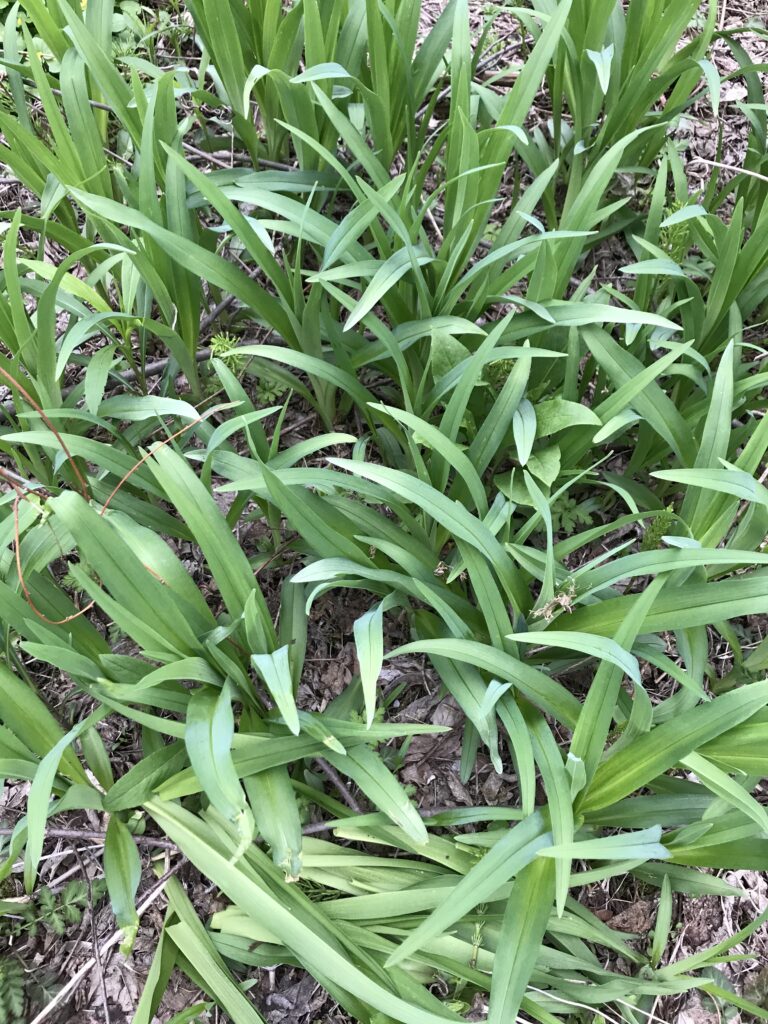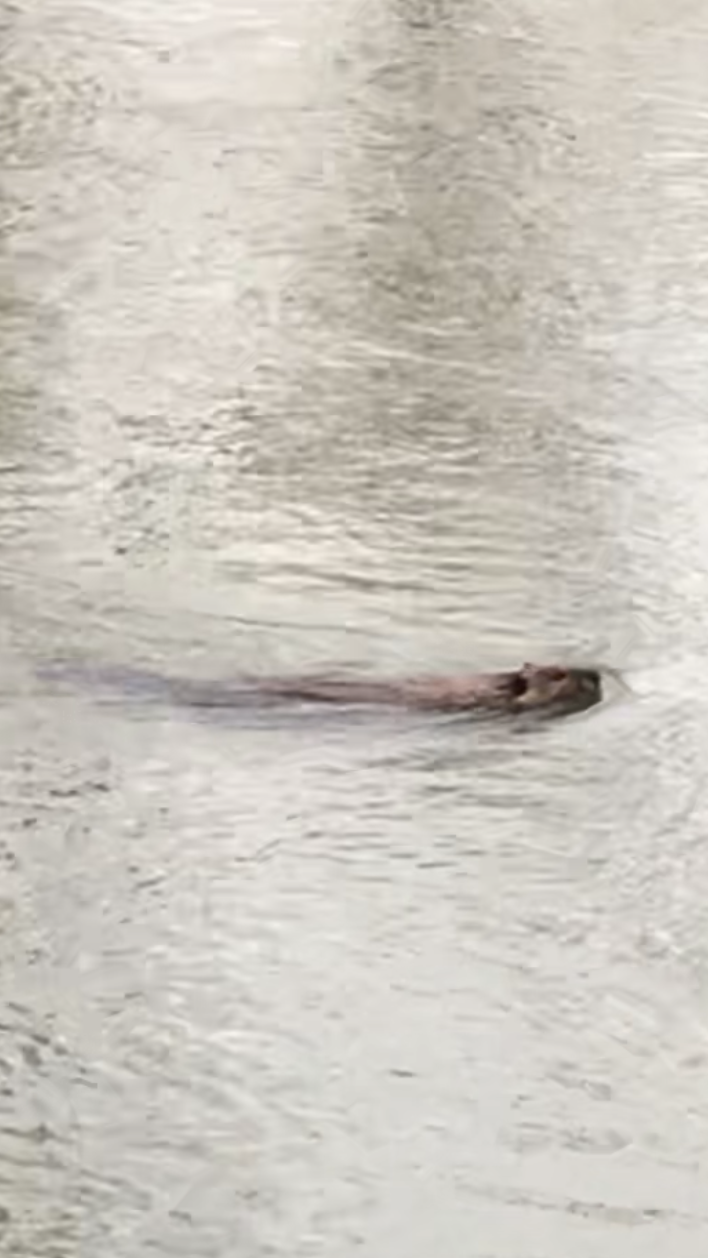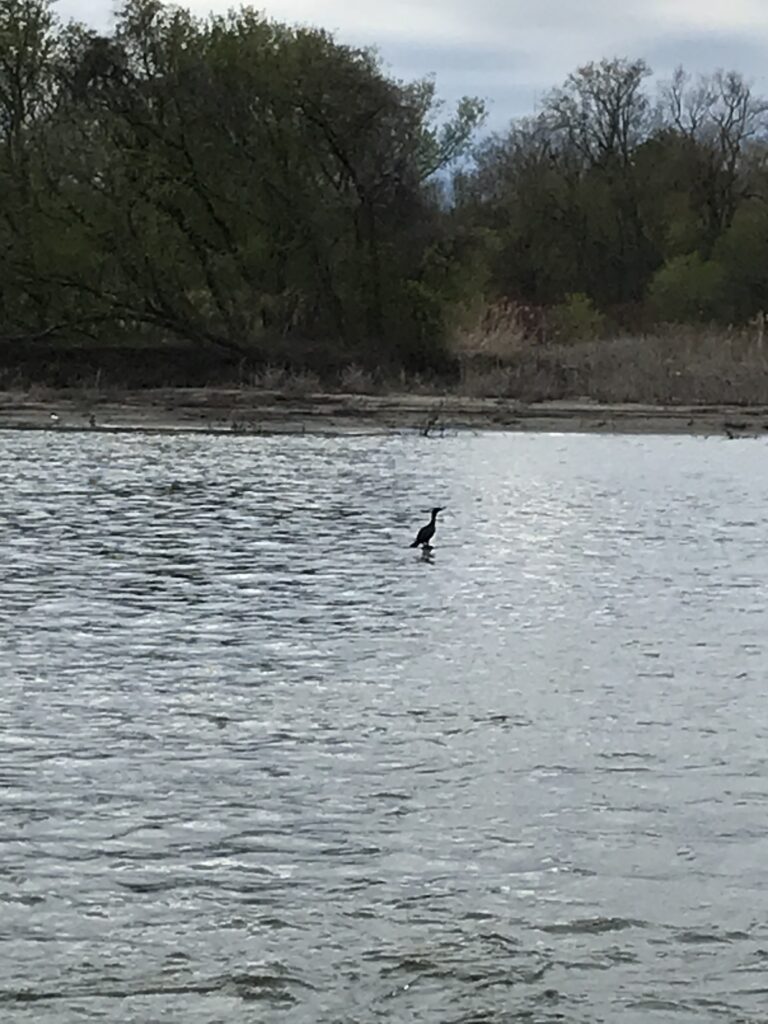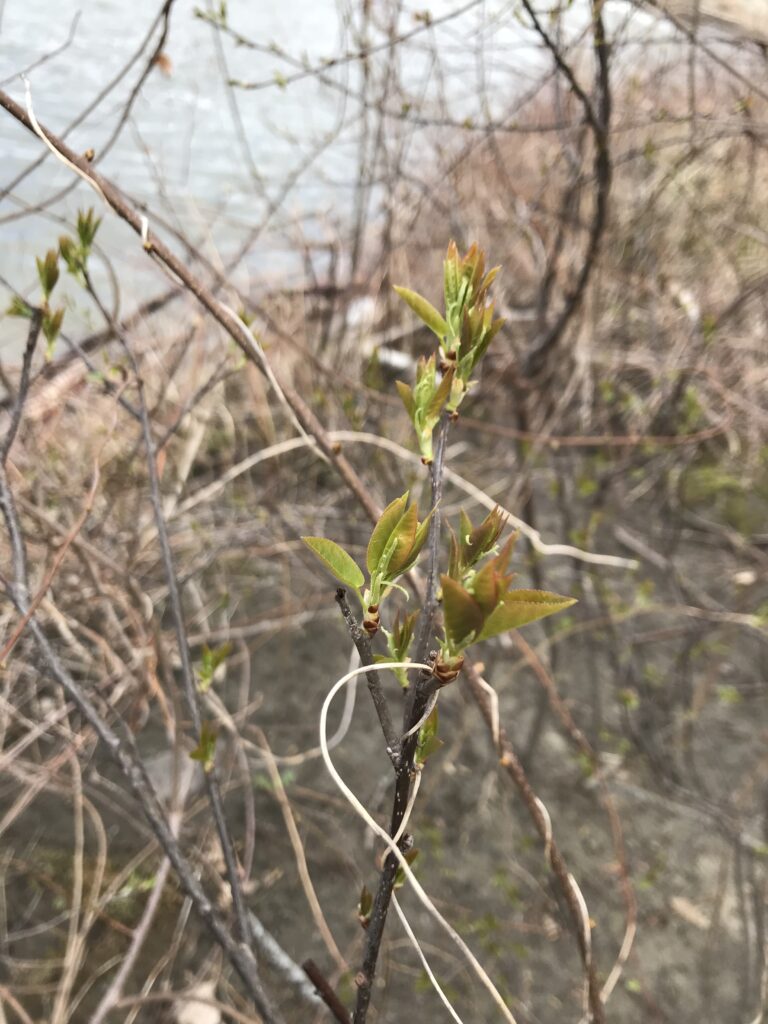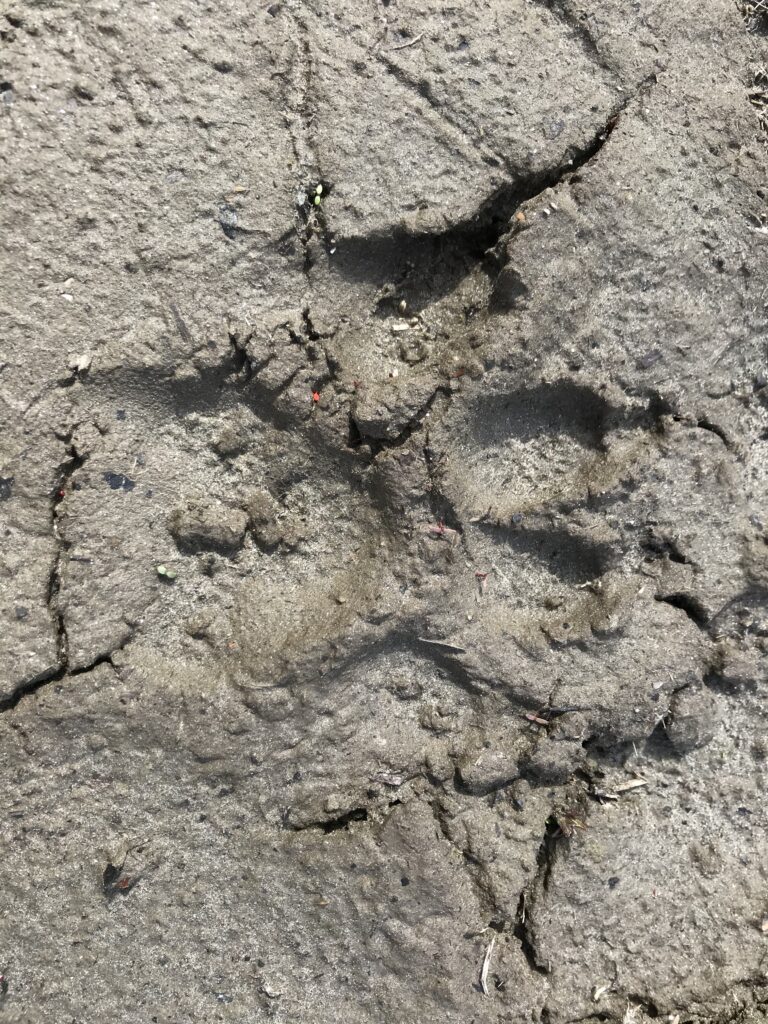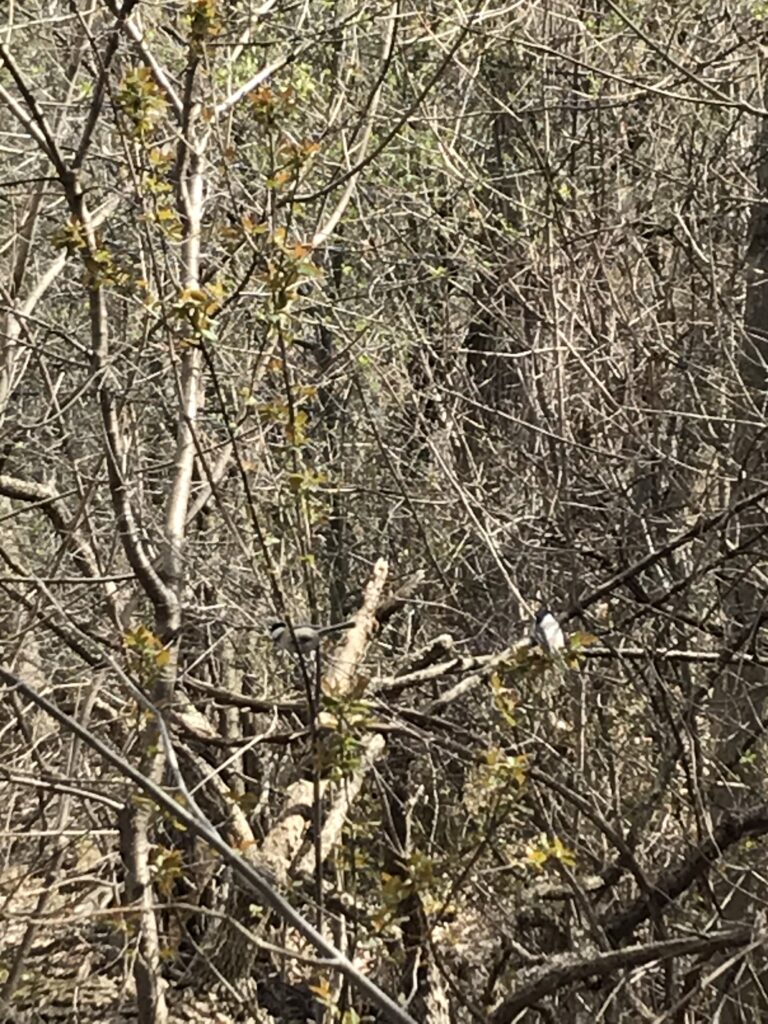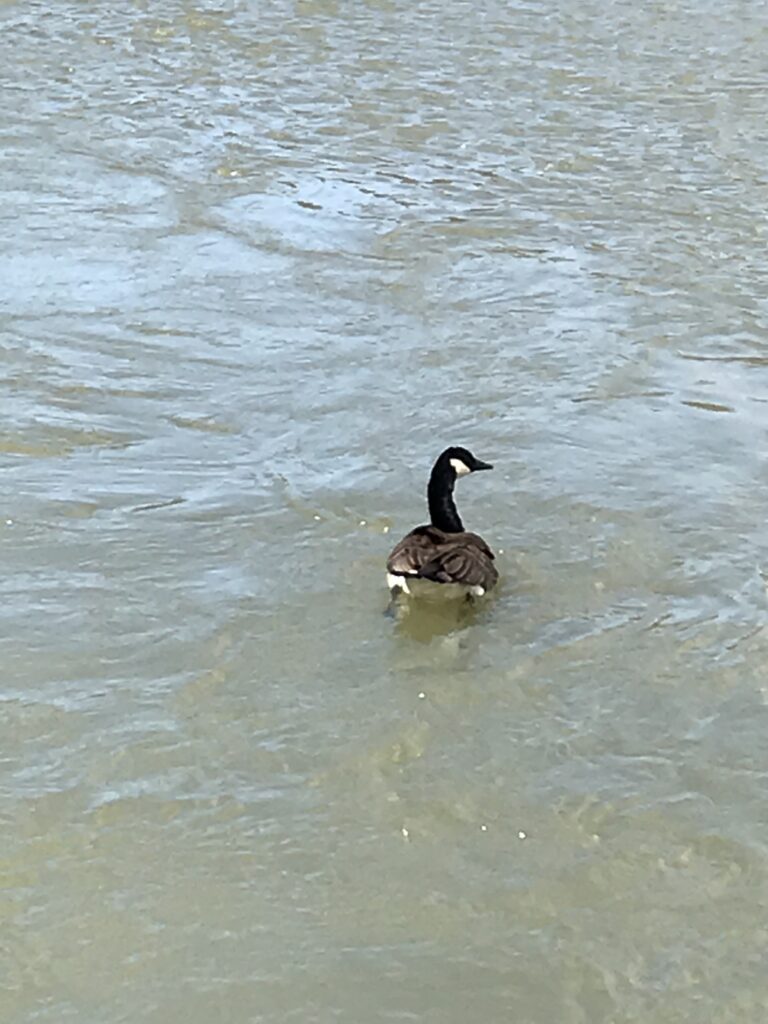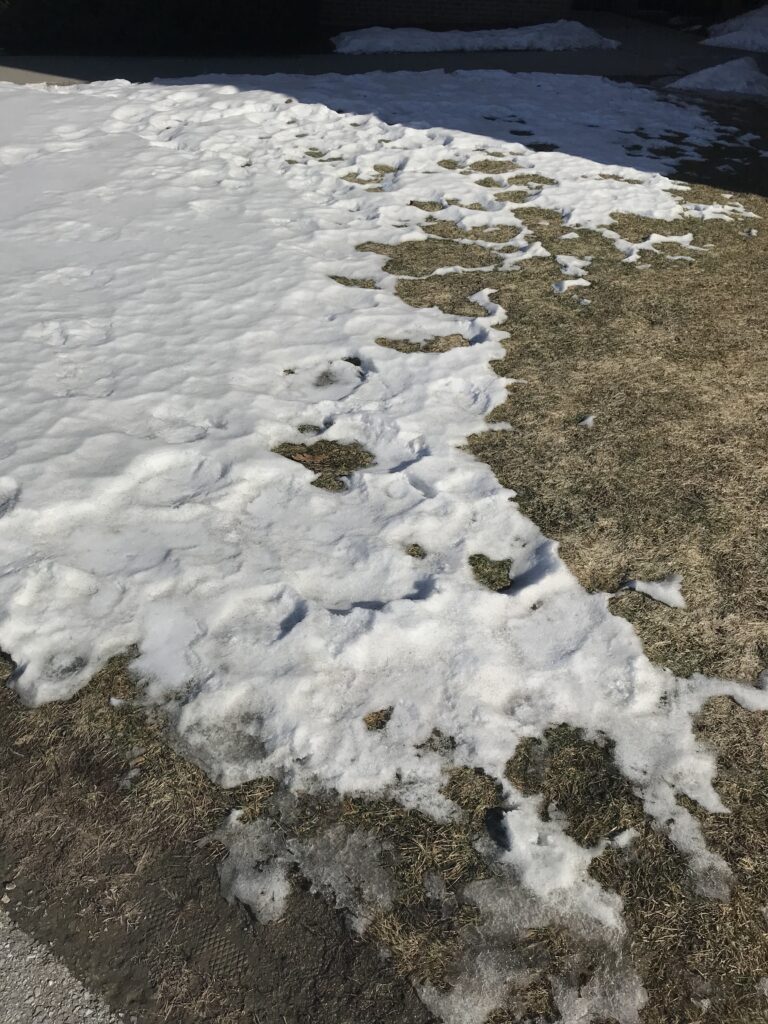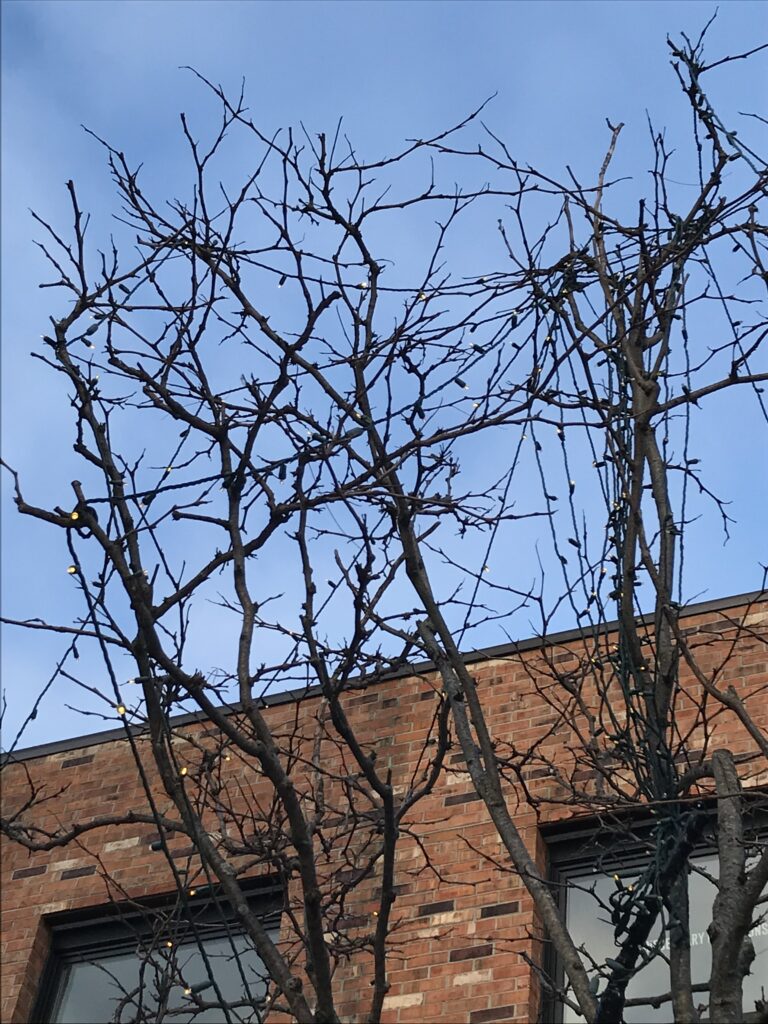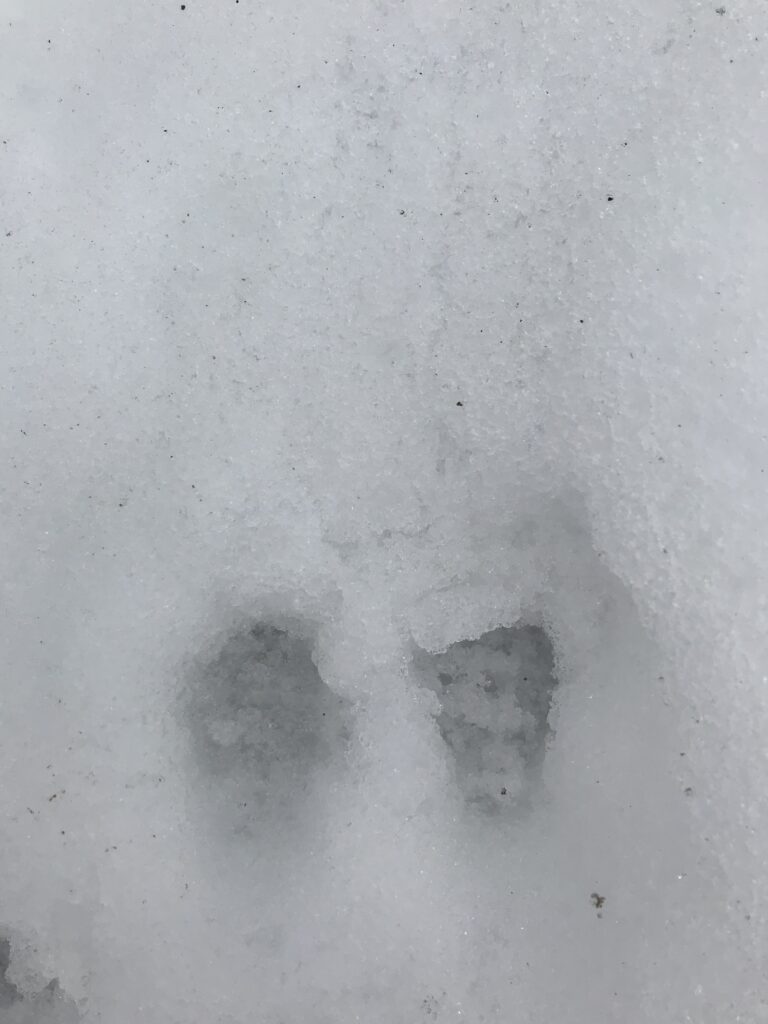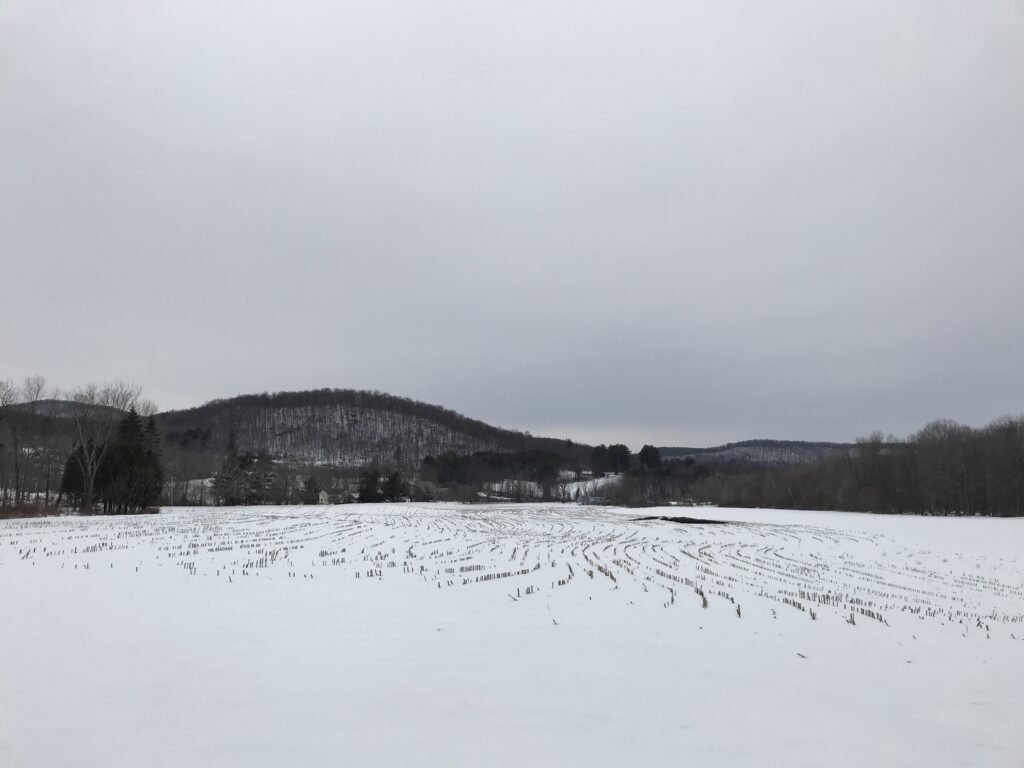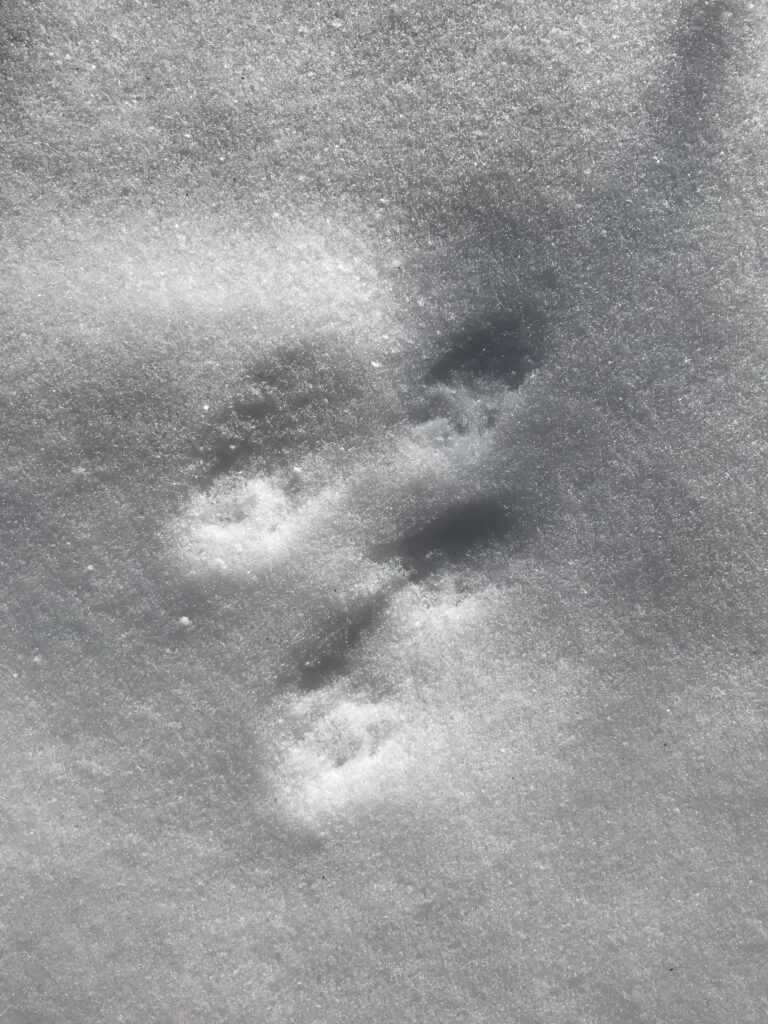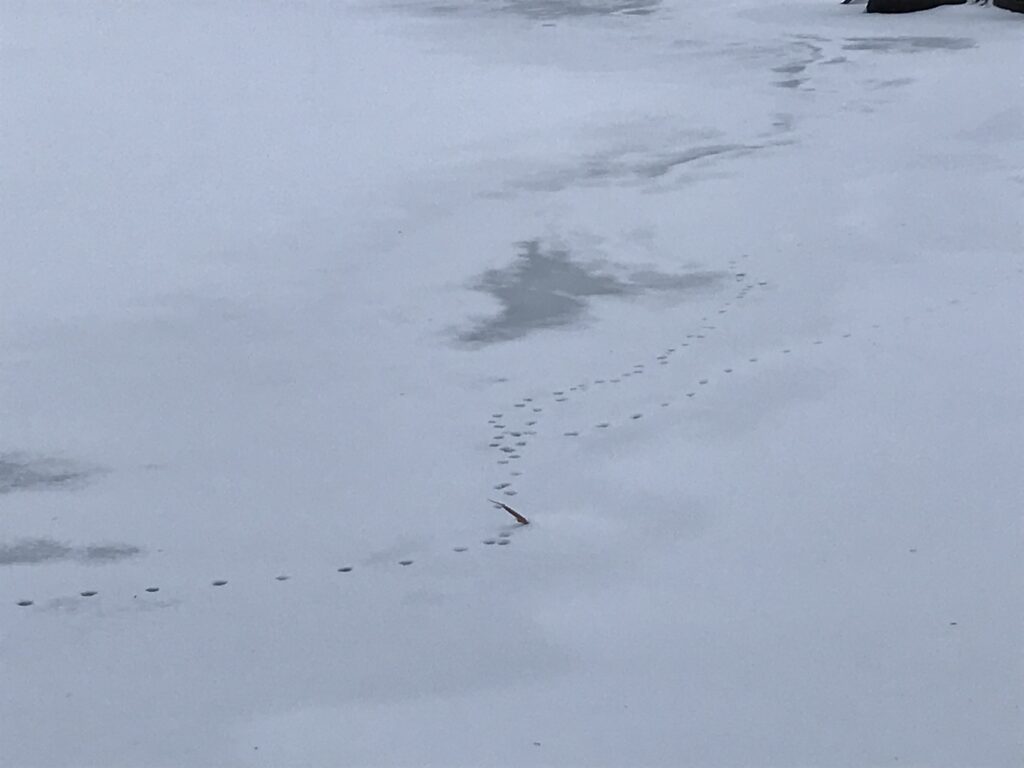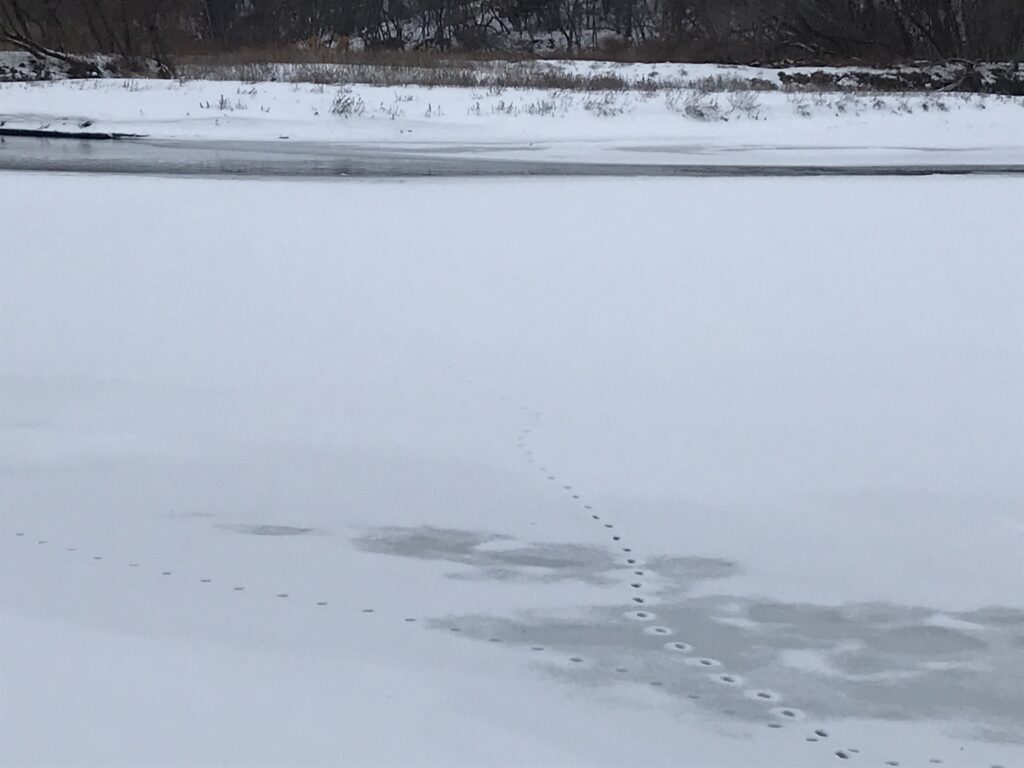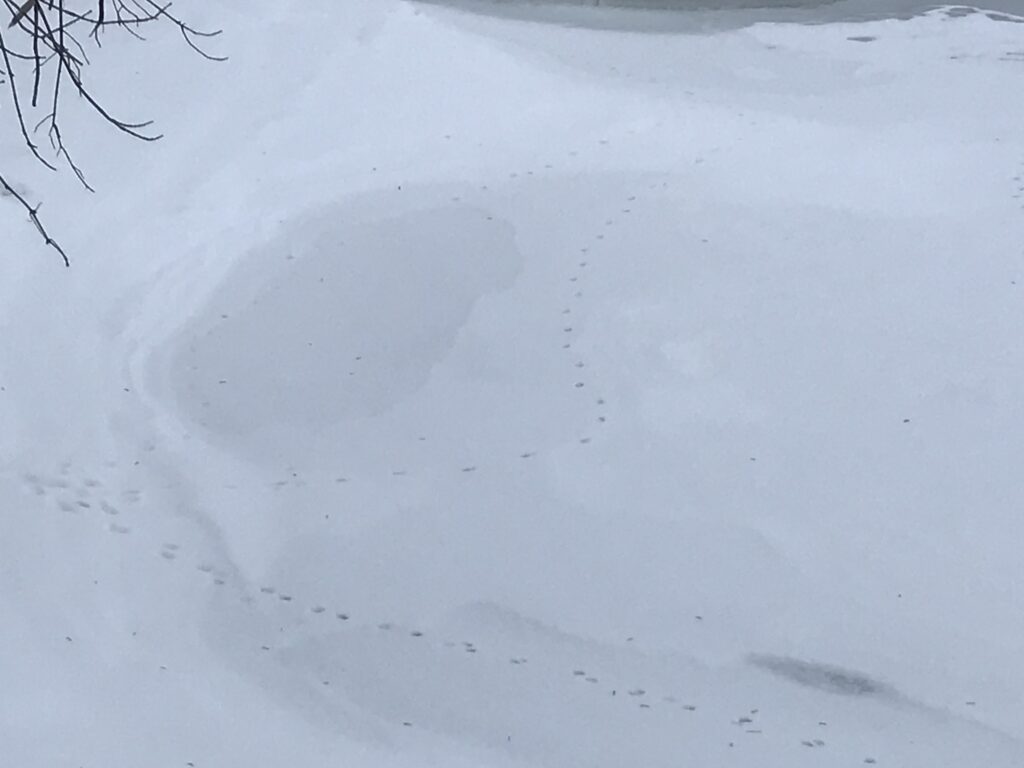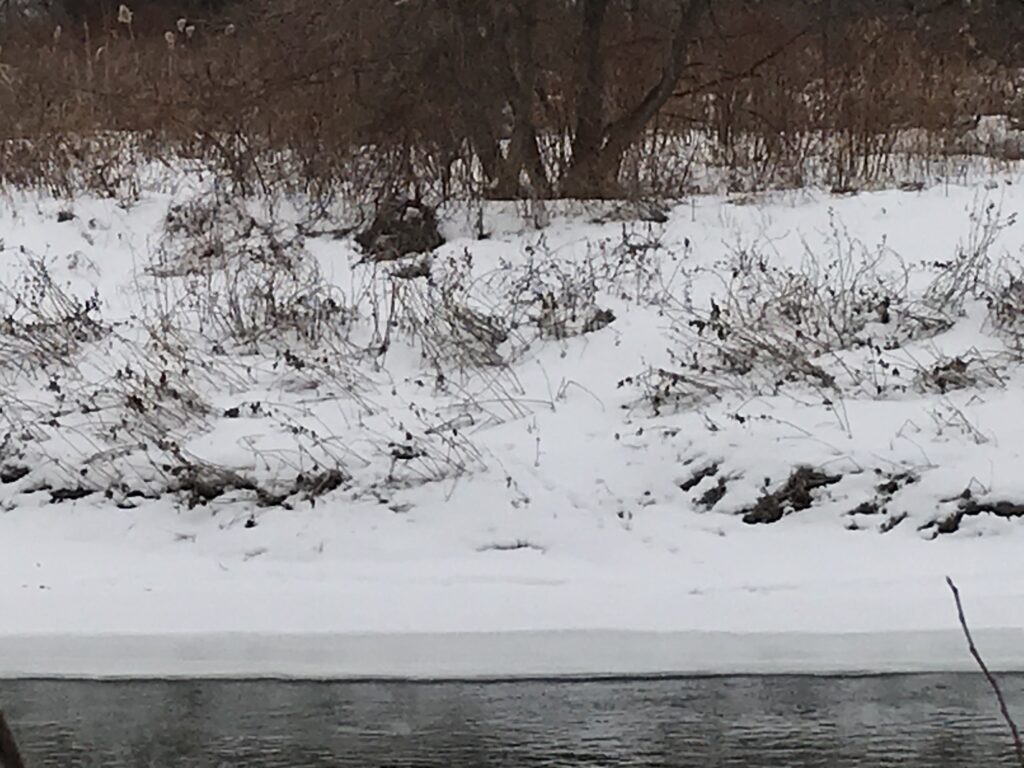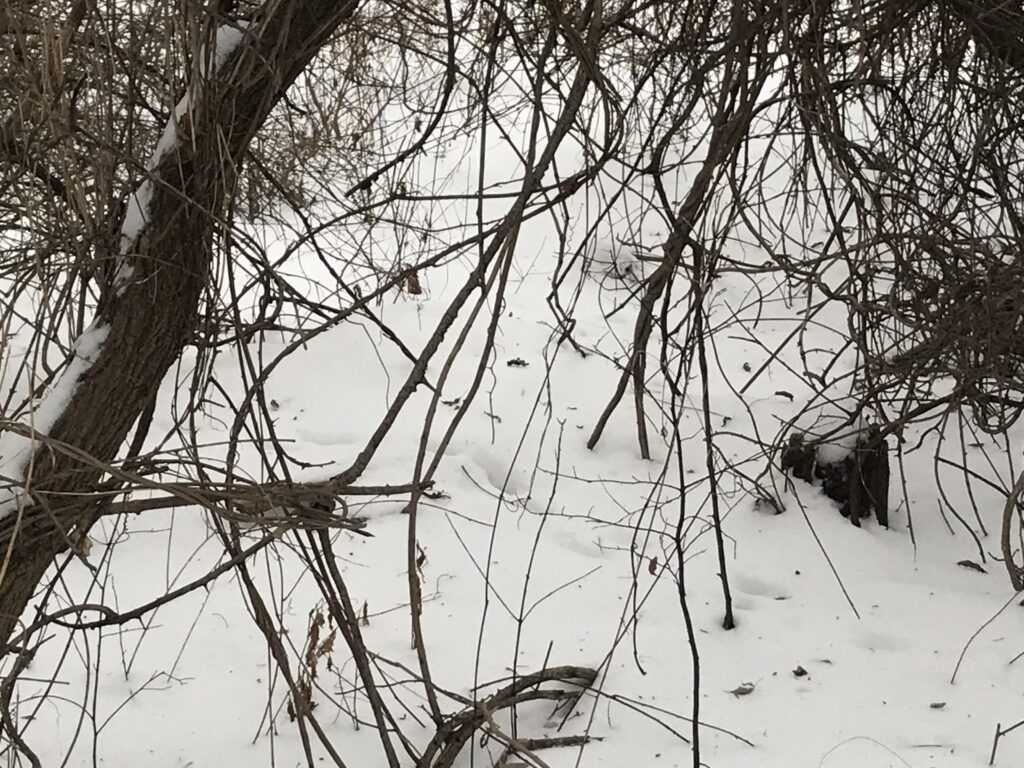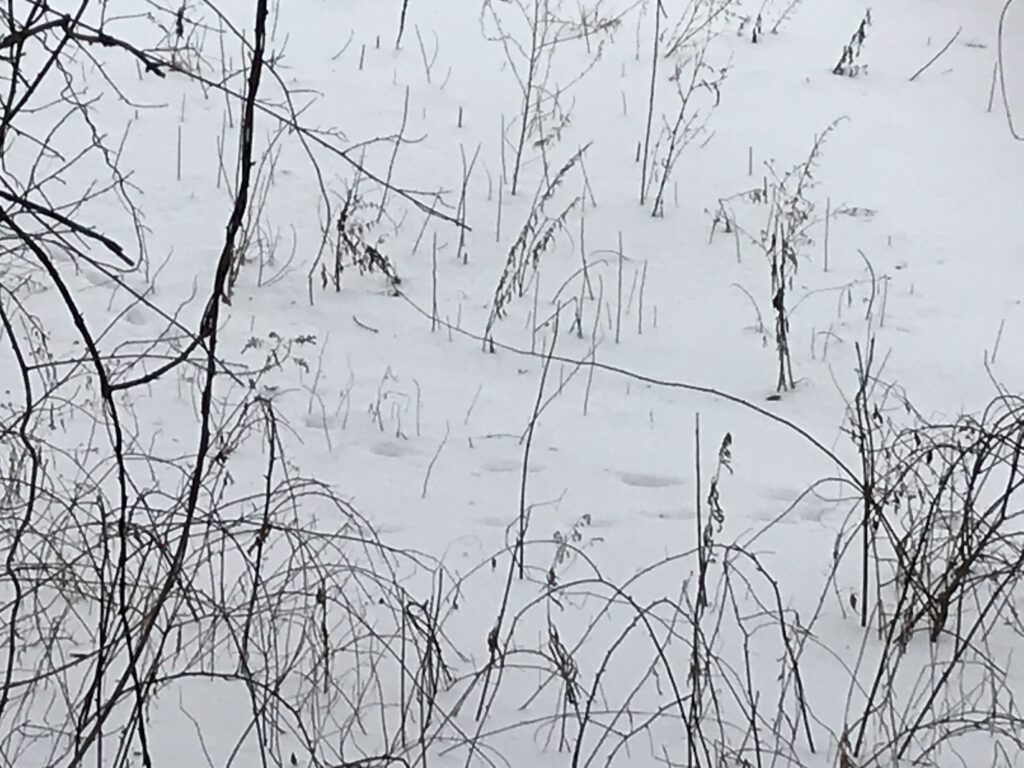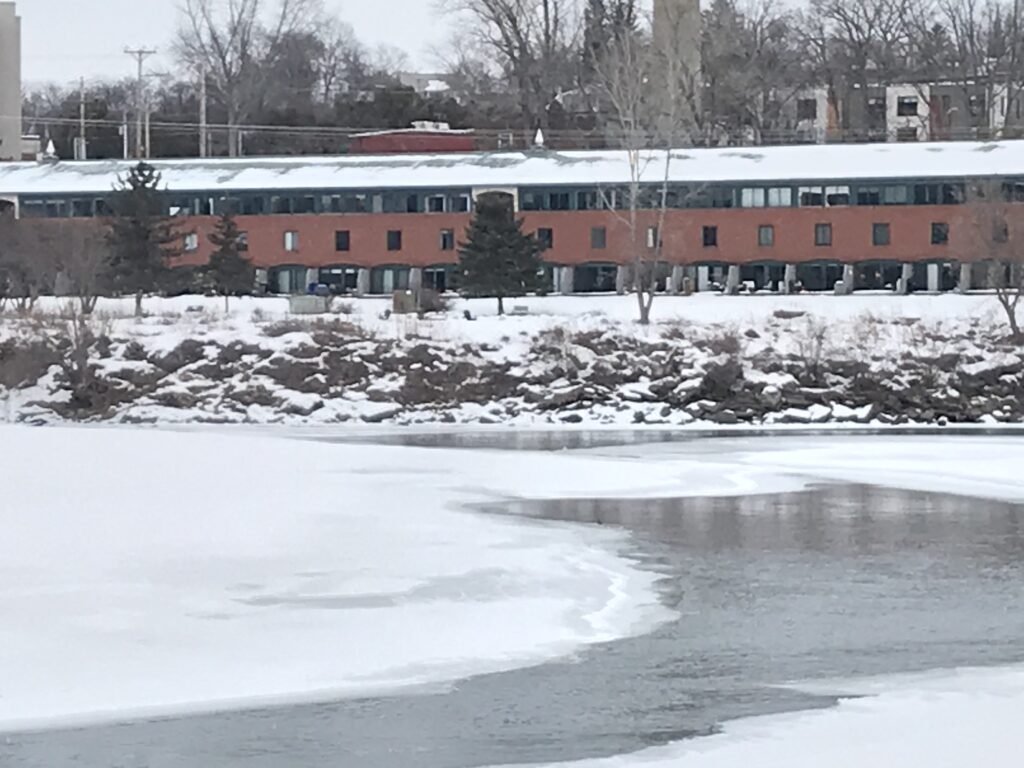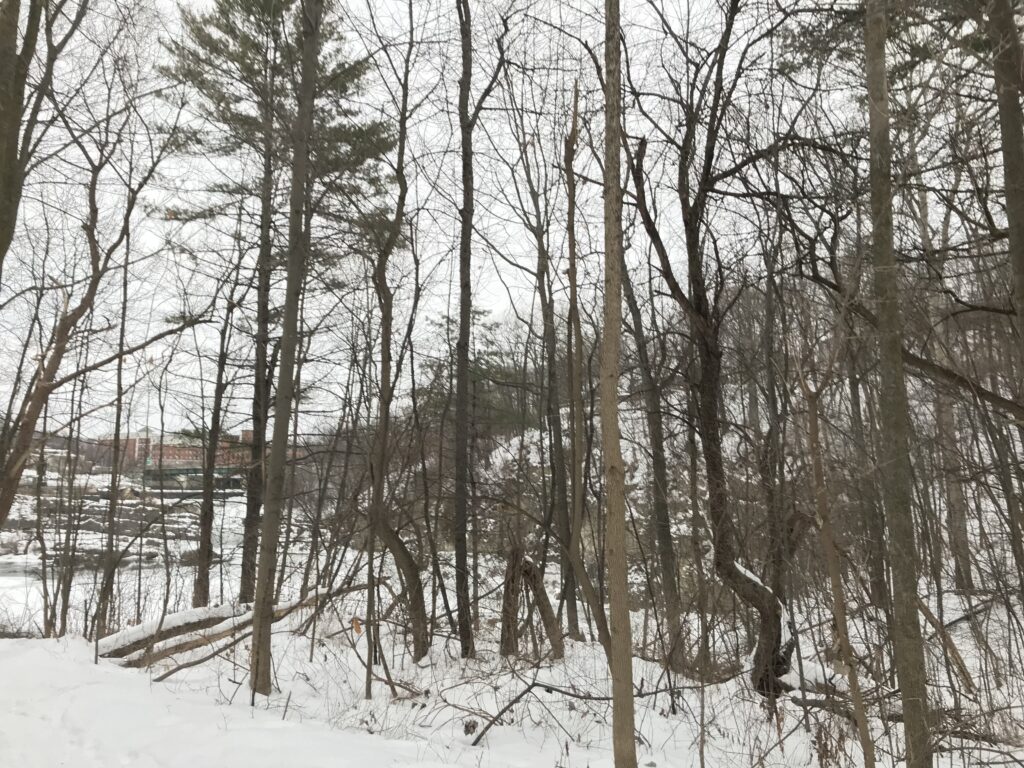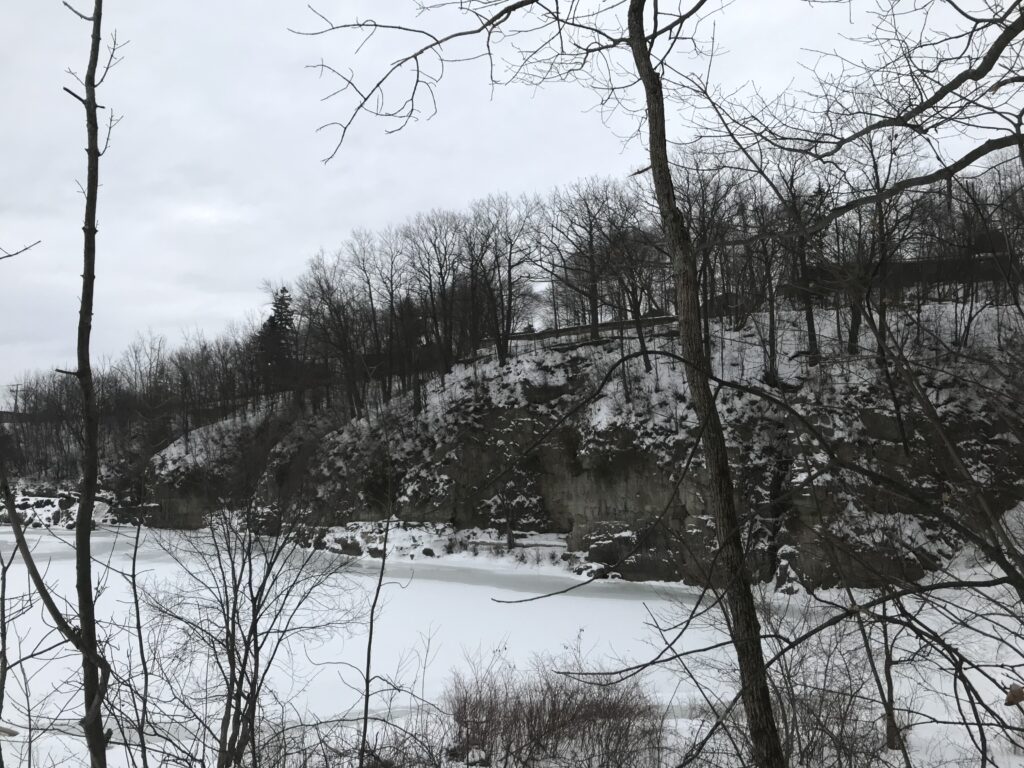Welcome to Salmon Hole Park, a gorgeous natural site along the Winooski River! This lush ecosystem provides habitat and resources for several plant and animal species and is located just northeast of Trinity Campus. Being just a 20-minute walk away from campus, this phenology site drew my attention because of its unique setting and fascinating wildlife, especially the ornithological aspect.
While the site is largely dominated by deciduous tree species, there are the occasional conifers as well. Of the deciduous varieties, Cottonwoods and Northern Red Oaks are the most populous species present. Since the site is close to the road, stormwater runoff and erosion clearly affect the vegetation growth. Knowing this, it is logical that the area is well-drained, and the soil is likely high in pH and moist, resulting in the higher density of deciduous species that thrive in such conditions. The density of specific species in a certain region, however, varies along the riverside of the site. For example, at one location, cottonwoods and oaks are dominant, whereas, further down the riverbed, staghorn sumacs become more dominant. These little ecological niches could be random, or something else may be responsible for this phenomenon.
The following list is comprised of the common woody plants seen at Salmon Hole Park-
Cottonwood
White/Northern Red Oak
Paper Birch
Yellow Birch
Eastern White Pine
Red Maple
Sugar Maple
Norway Maple
Box Elder
Stag-horn Sumac
Green Ash
Glossy Buckthorn (invasive)
Honeysuckle (invasive)
Barberry (invasive)
Some of the Fascinating Wildlife seen on site
Salmon Hole Park is home to some of the most interesting animals in the Northeast, including birds, fish, and mammals. Here are some pictures (taken from the internet) of animals I saw on my first trip to the natural area.

Great Blue Heron
The great blue heron is a large wading bird, common near the shores of open water and in wetlands over most of North America and Central America, as well as the Caribbean and the Galápagos Islands.
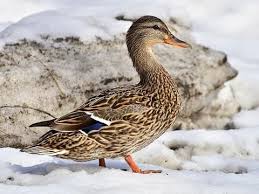
Female Mallard
The mallard is a dabbling duck that breeds throughout the temperate and subtropical Americas, Eurosiberia, and North Africa
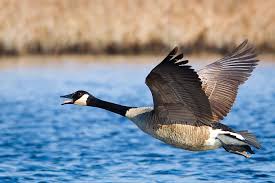
Canada Goose
The Canada goose is a large wild goose species with a black head and neck, white cheeks, white under its chin, and a brown body. It is native to arctic and temperate regions of North America, and its migration occasionally reaches northern Europe.
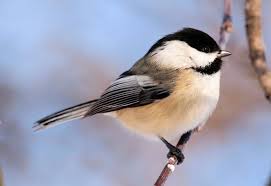
Chickadee
The chickadees are a group of North American birds in the tit family included in the genus Poecile. Species found in North America are referred to as chickadees

Downy Woodpecker
The smallest woodpecker in North America, common and widespread, although it avoids the arid southwest. Its small size makes it versatile, and it may forage on weed stalks as well as in large trees. In winter it often joins roving mixed flocks of chickadees, nuthatches, and other birds in the woods.

Goldfinch
The American goldfinch is a small North American bird in the finch family. It is migratory, ranging from mid-Alberta to North Carolina during the breeding season, and from just south of the Canada–United States border to Mexico during the winter.

